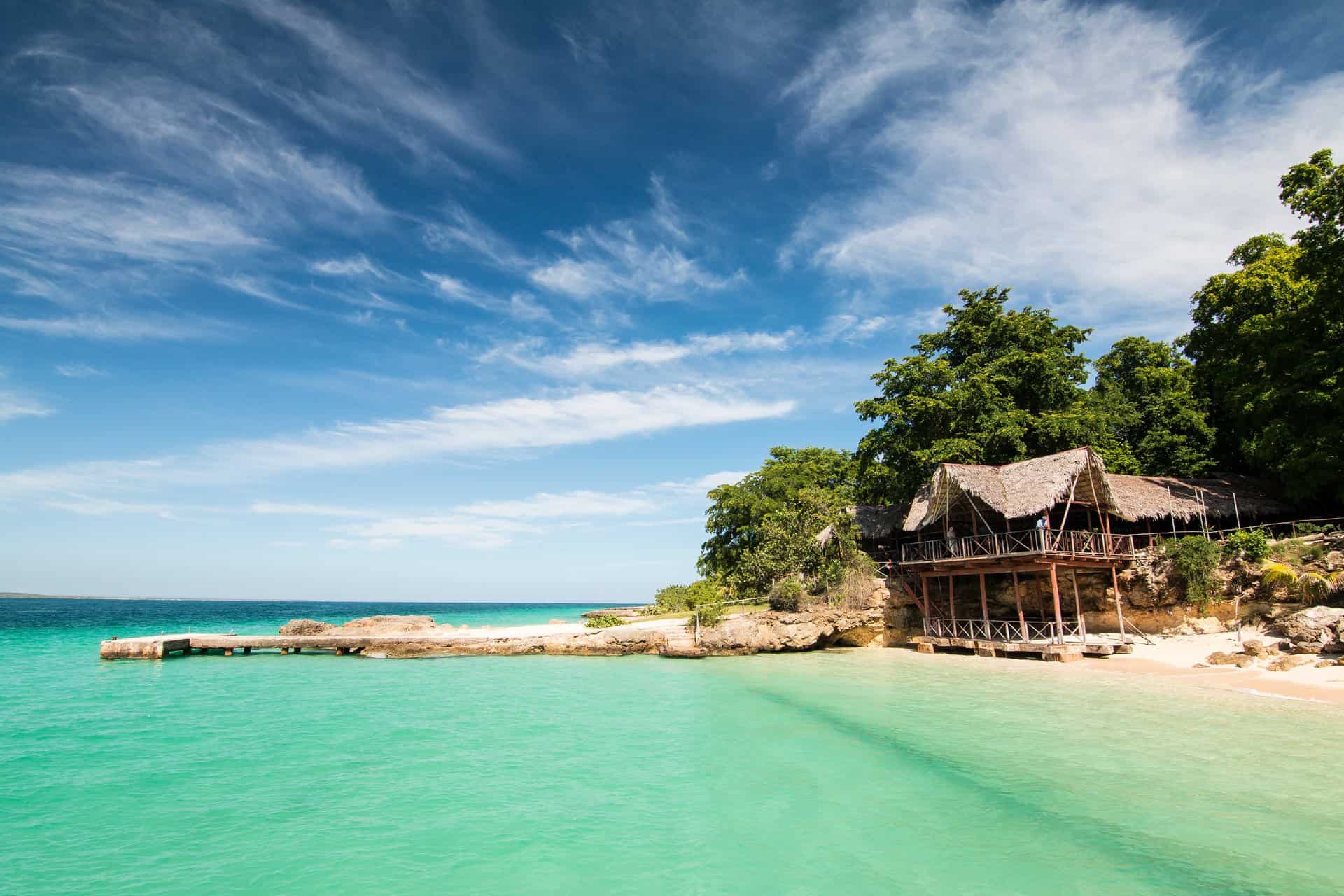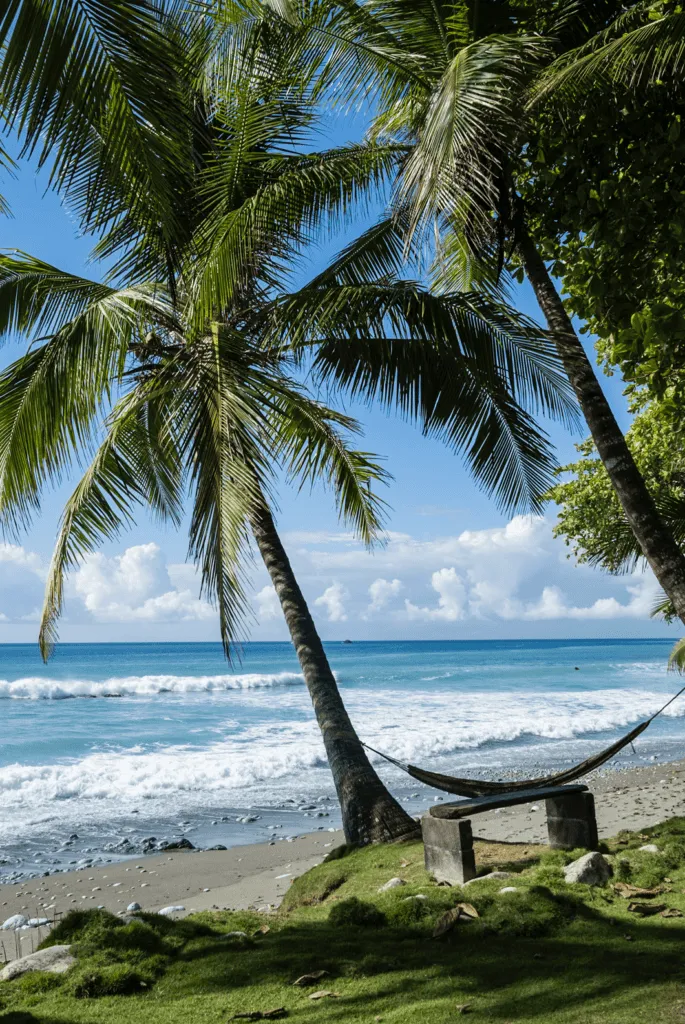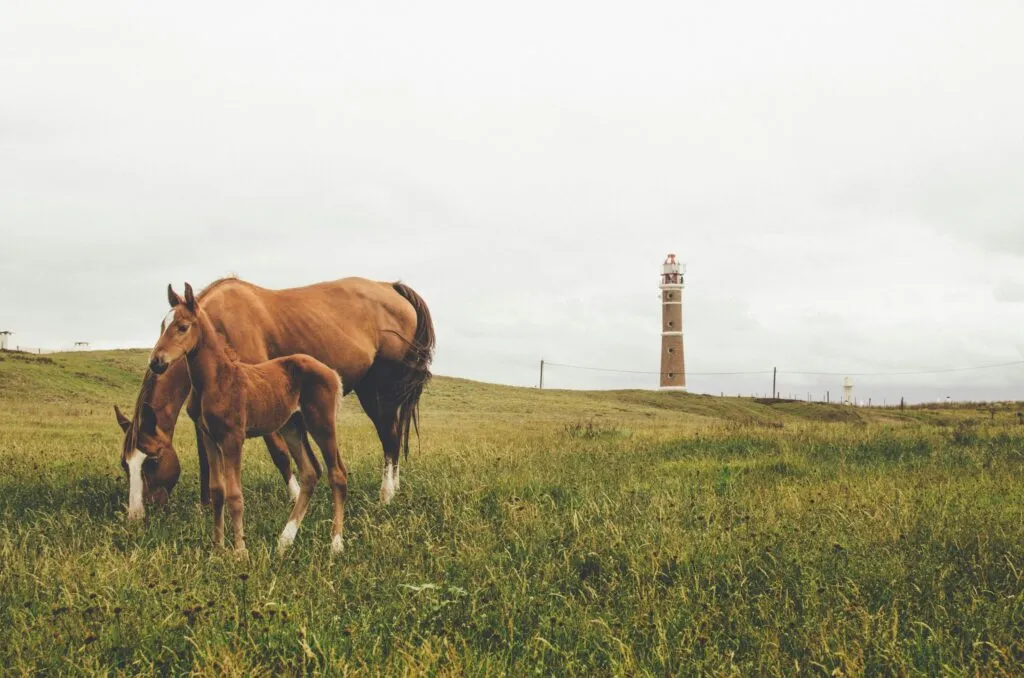
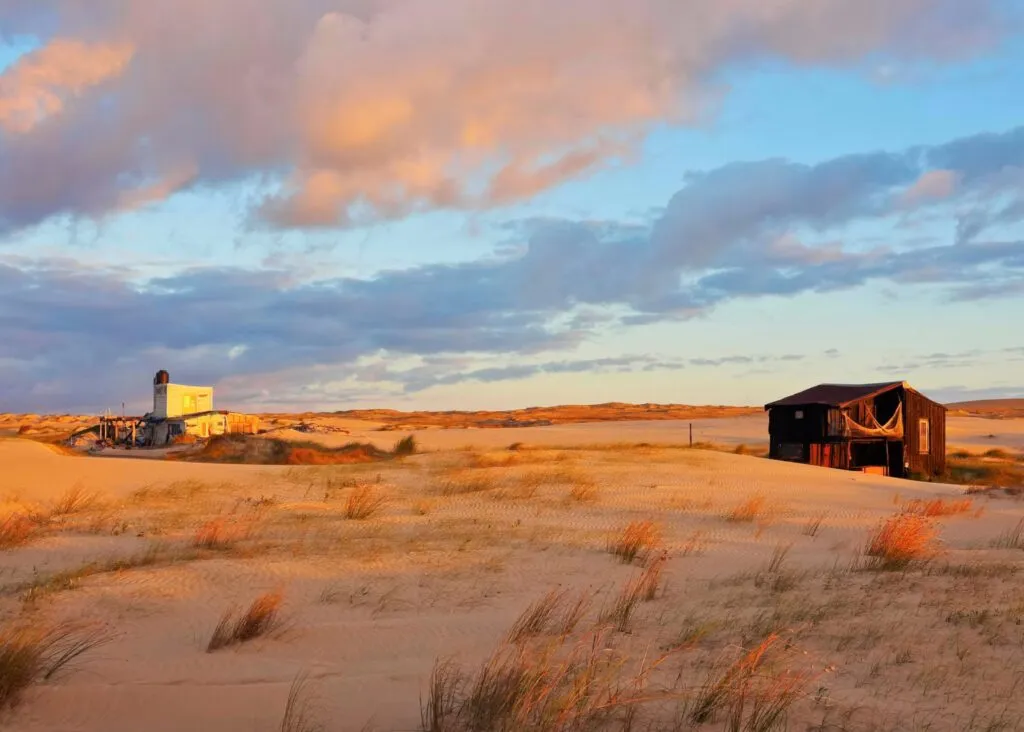
A road trip through Uruguay’s quiet backcountry: sleepy cattle towns, loose-hipped gauchos and bohemian coastal settlements.
Hugh Thomson is an acclaimed British journalist and travel writer whose writing regularly appears in leading publications including as the FT, The Guardian, and The Telegraph. Hugh has spearheaded research expeditions in Peru, and was awarded the 2014 Wainwright Prize for nature and travel writing. Here, he journeyed across Uruguay as a guest of Plan South America.
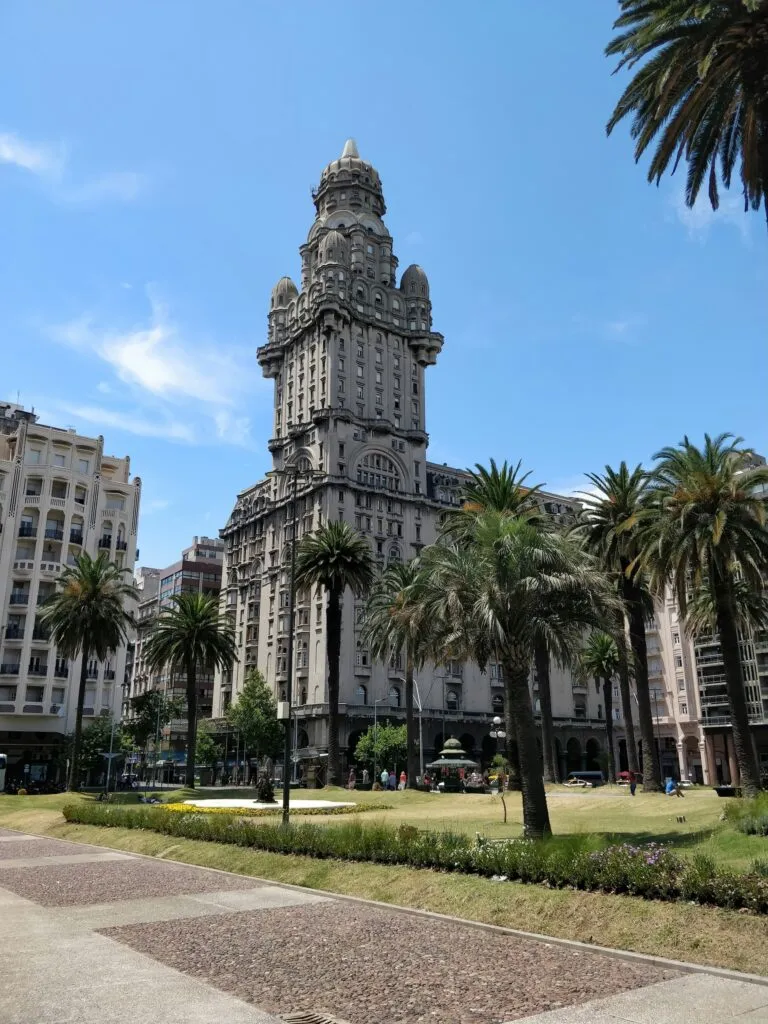
The indulgence of a late breakfast is one of the pleasures of travel. I particularly appreciate the chance to chat with the waiter as service winds down and they can expound on life in the country I’m travelling through.
“So, what’s the difference between Argentina and Uruguay?” I ask Nelson in the restaurant of Montevideo’s small but perfectly formed Alma Historica hotel. Nelson is an older waiter of many years’ experience. He pauses for reflection. “Well, of course the Argentines are mad,” he says. I shrug: this is a Latin American commonplace. “In some ways we’re similar, as the countries are so close and Uruguay is so much in Argentina’s shadow. They even call us la provincia, ‘the province’. Which shows a lack of respect! But in some ways we’re not similar at all. They’re more corrupt and don’t have the democratic traditions we do. And they run their economy like a race without rules.”
Uruguay has always had a tradition for being, well, more sensible than its excitable neighbours, Argentina and Brazil. At times this has led to the suspicion that it might even be dull by comparison and so this small, tear-shaped country has been overlooked. Most visitors get no further than Montevideo or the resorts of Punta del Este and José Ignacio just up the Atlantic coast, which are well known for sun and seafood.
But travel further up the coast to the old fishing towns of Punta del Diablo and Cabo Polonio and you start to reconnect with Uruguay’s more troubled and complicated past, when it was on the frontier between the Spanish and Portuguese empires and a wild and lawless place as a result.
“You’ll find it’s all very different up there,” said Nelson. “For a start, they speak Portuñol, a strange sort of mixture of Portuguese and Spanish which comes from watching Brazilian soap operas the whole time on TV. It sounds weird.”
Fernando Nunez, 64, known as Lobo, or “Sea Lion”, because his fisherman father kept one as a pet, agreed when I met him sitting in his drum workshop in the nearby working-class Barrio Sur, overlooked by high-rise tenements and graffitied walls. “Uruguay might seem boring, and very white and European to some. But we also have candombe music running through our veins. Candombe is the rhythm that African slaves like my black ancestors brought to Uruguay. While their Spanish overlords — brutal countrymen from the Canaries without the sophistication of Madrid — managed to suppress the African language, they could not kill off their rhythm. Travel further into Uruguay and you’ll hear that rhythm. Our rhythm — a black rhythm.”
He was right. On our first night in Rocha, a little country town to the north, I was woken by the sound of insistent drumming in the square outside my window. A bunch of kids had gathered with the different drums that make up the candombe sound: the miniature chico for the high notes, the repique, which beats out the fast, insistent rhythms, and the large piano drum for the bass.
My girlfriend and I were staying in a quite beautiful private house that our tour operator, Plan South America, had arranged, with murals in the patio and a friendly bakery nearby. I always like the rhythms of small-town life in South America: the shoeshiners in the square, the cafés where you become a regular after just one day, the small markets. Pleasures that it’s easy to miss when you only stay in hotels in the big resorts.
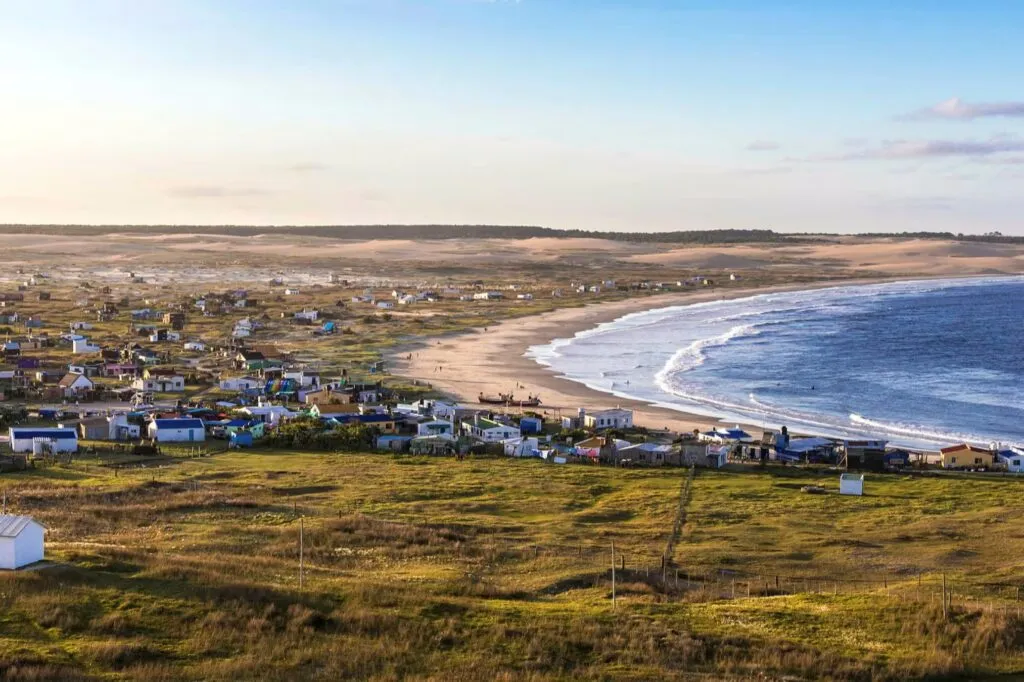
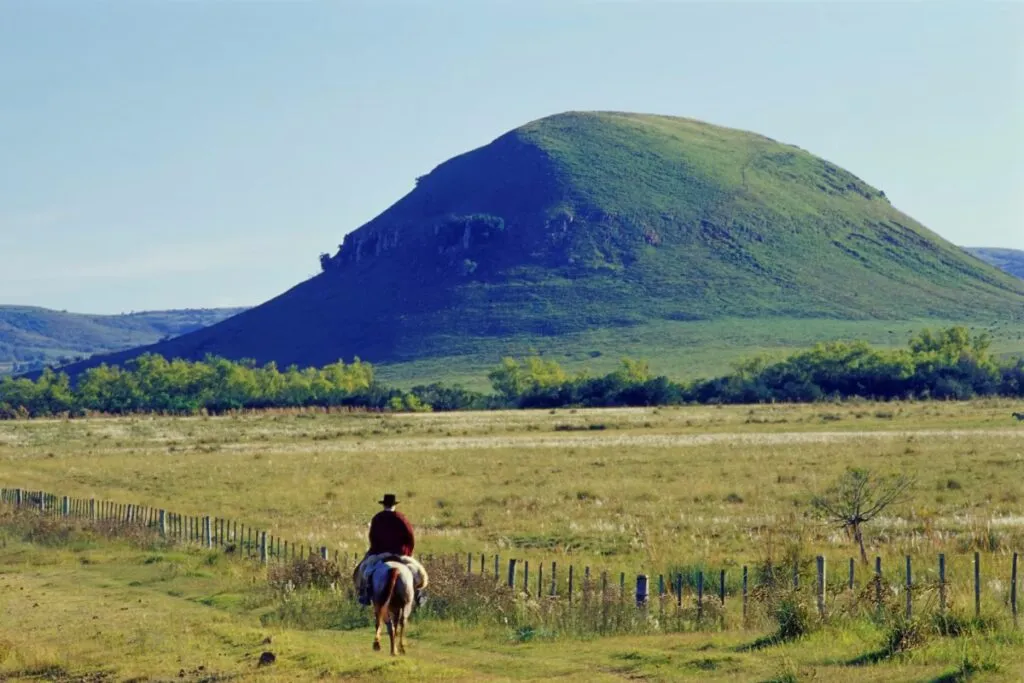
Next day, the drive to the coast was through cattle country, open savannah with the odd snipe running startled across the road at our approach. We passed a lone gaucho, scarf tossed over his shoulder, whose small dog was chasing behind the heels of his horse. The romantic gaucho image is as important to Uruguay as to Argentina. Indeed, Jorge Luis Borges thought that northern Uruguay was an even more authentic custodian of the gaucho tradition; he was suitably startled and impressed when he visited the Uruguayan border with Brazil in 1934 to see a man shot at the table next to him.
The gaucho image has now become politically charged in Uruguay. The National party of Luis Lacalle Pou, the president elected in 2019, draws much of its power from a rural constituency and he has made sure to have himself photographed ostentatiously at gaucho festivals; 3,000 gauchos and their female companion chinas rode with him to his inauguration, dressed in full costume.
We came to an 18th-century fortress, the imposing Fortaleza de Santa Teresa, which had been built just inland from the coast for a reason: to try to keep order in Uruguay’s then lawless lands. It is now the gateway to the huge Santa Teresa National Park, which runs along the Atlantic and has fabulous treks through forests and beaches.
The lawlessness extended to the small settlements that grew up along this coast, often founded by pirates such as the Frenchman Etienne Moreau, who established a thriving contraband business in the early 18th century. Their inhabitants were swelled by the many shipwrecked sailors from various European nations who swam ashore from Uruguay’s treacherous reefs.
The most northerly of all these settlements, almost on the frontier in Brazil, was given a name that must have appealed to pirate sensibilities: Punta del Diablo, “Devil’s Point”. It’s called after a wicked bit of rock just off the shore that shipwrecked many sailors in the past. The Atlantic is difficult to navigate here and a local fisherman wearing a Ramones T-shirt told me, in a thick accent that did indeed mix Spanish and Portuguese, they could only go out at rare intervals to catch corvina and small sharks.
Although during the high season from Christmas through to January the town swells with visiting Brazilians from across the border, for most of the year this is a low-key community of fishermen. The sort of place where you can drink a cold beer and eat shrimp empanadas on the quayside after walking along the empty beaches. There’s also an outstandingly good restaurant, Panes y Peces — “Bread and Fish” — where you can eat for a fraction of the price of Francis Mallmann’s celebrated restaurants in the south.
I was not expecting the dunes along the coast to be quite so spectacular, or so wild. Go a short distance from Punta del Diablo and you feel you’re in a desert. My girlfriend compared them to being in Rajasthan.
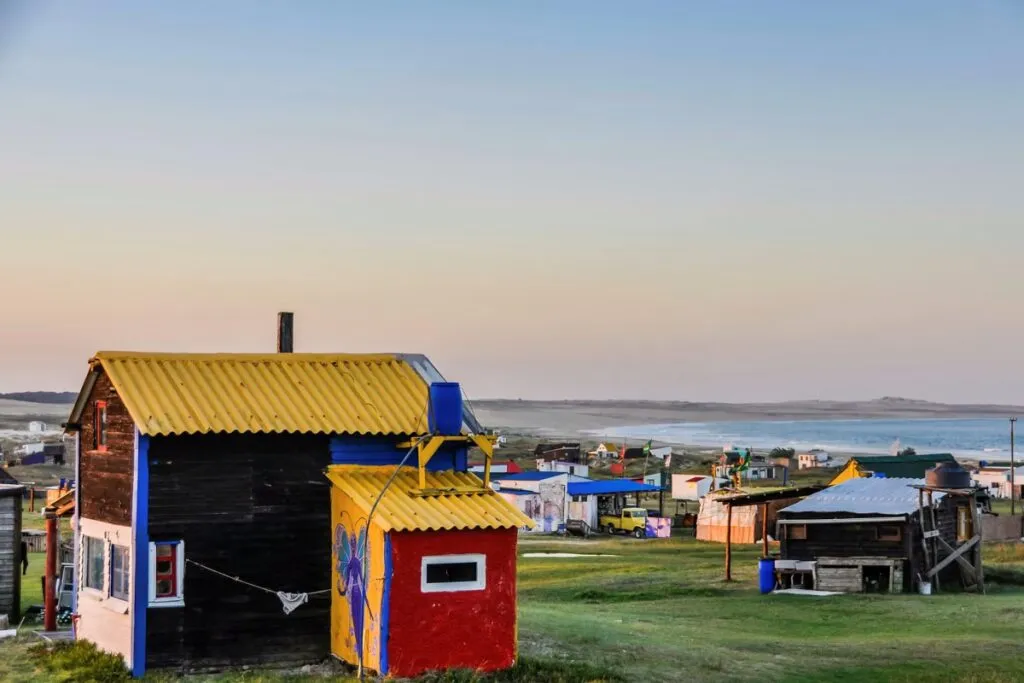
To travel really off-grid, we went to Cabo Polonio, which is even more hidden away. A small community right on the end of a peninsula that hosts a colony of sea lions, it has become the coast’s only nature reserve. No cars are allowed — you park on the highway and take a shared four-wheel-drive through the dunes and along the beach to get there. It is easy to see owls standing over their nests nearby in the sand, along with lapwing and large flocks of flickers, a species of woodpecker so named because the red and yellow undersides of their wings resemble flickering flames when they fly.
Cabo Polonio is a ramshackle settlement made up of little driftwood cabañas that have wind turbines and solar panels on the roofs, with a few cockerels and dogs wandering around, and surfers ostentatiously carrying their boards down to the beach, although the shallow beach break only allows for a few lazy runs.
We stayed in an attractive hotel, La Perla, which was celebrating its 50th anniversary and has been there since Cabo Polonio turned from being a remote and eccentric outpost to a more accessible tourist destination. Rooms face either the lighthouse or the sea, and while there are some eco-proprieties to be observed — electricity only at certain times of day and no flushing of toilet paper — there’s also delicious seafood and a fine cellar showing off Uruguay’s newly flourishing wine industry. The Pinot Noir rosé is particularly good drunk chilled, as you look at the sunset silhouetting the wind turbines and eccentric eco-structures that make the place look like a rest-home for Mad Max extras.
An engaging small community of people have been attracted to Cabo Polonio over the years by its boho vibe. Wandering along the beach, I passed a girl doing an elaborate chakra ritual before I got talking to a couple of Brazilians who were drinking their first morning bottle of beer while squatting on the lifeguards’ lookout deck. They wanted to know which festivals I had been to, flattering me into thinking I was age-appropriate.
As in any small community, some intriguing tensions start to reveal themselves as you spend time there. Long-term residents resent newcomers who want to expand the tourist trade; newcomers in turn are frustrated by the inability to build houses because of eco-zoning. But there is also a tremendous charm. A passing guitarist serenaded diners at the packed Mucho Bueno restaurant with Seu Jorge songs, and if you want luggage moved anywhere, you hire a man with a wheelbarrow as there are no cars.
When I got talking to a fisherman’s family, they suggested we stay on and rent one of the little houses with a few hammocks outside for a low-season £20-a-night rate. As we were visiting just as coronavirus was first hitting Europe, in March 2020, it was a tempting offer. I would like to have written, “And so reader, we stayed.”
Family responsibilities and the prospect of a flight guillotine coming down for months — as, indeed, it did — meant that in the end we returned. But if I had to choose a place in the world to sit out a pandemic, a beach-house in bohemian northern Uruguay would have been high up on the list. Indeed, I still can’t help regretting a little we didn’t get marooned there — as long as they could have thrown in the hammocks.
Related Stories
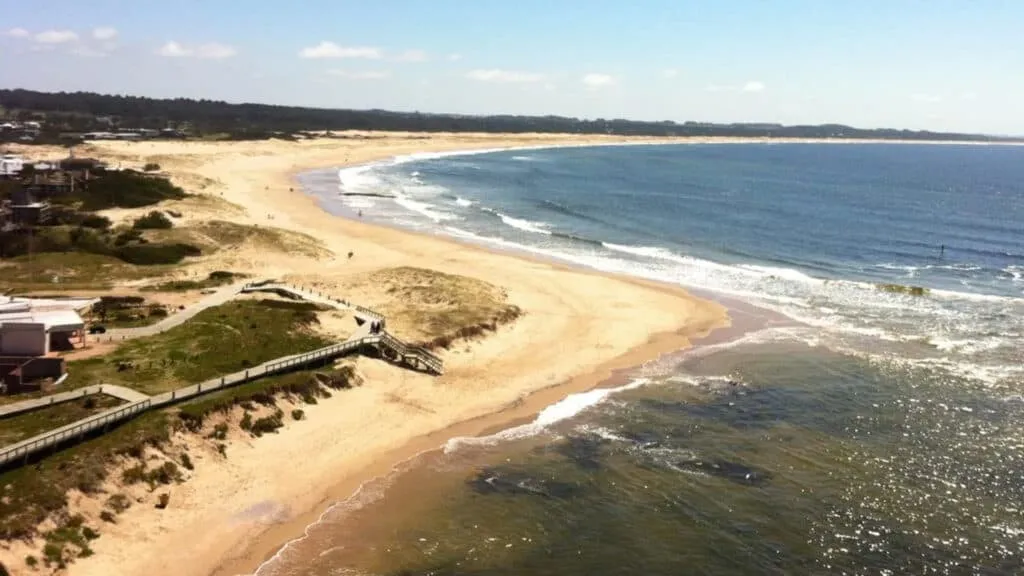
Tarajia Morell’s Inside Track On Uruguay | Plan South America
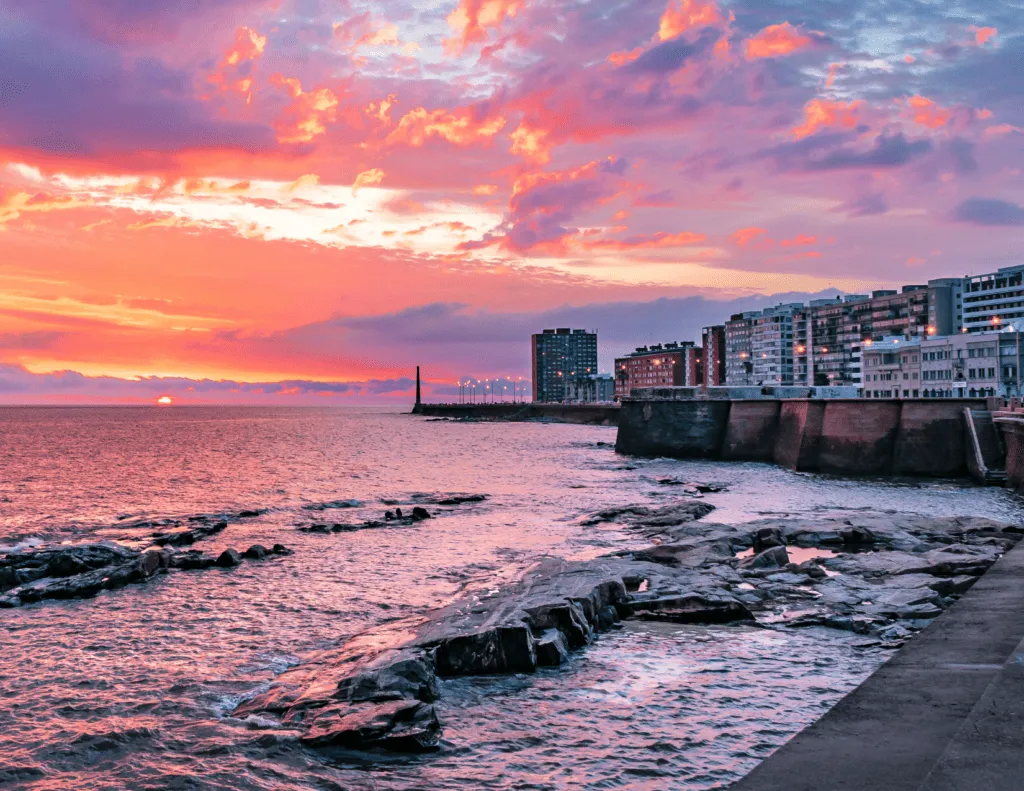
A Weekend in Montevideo
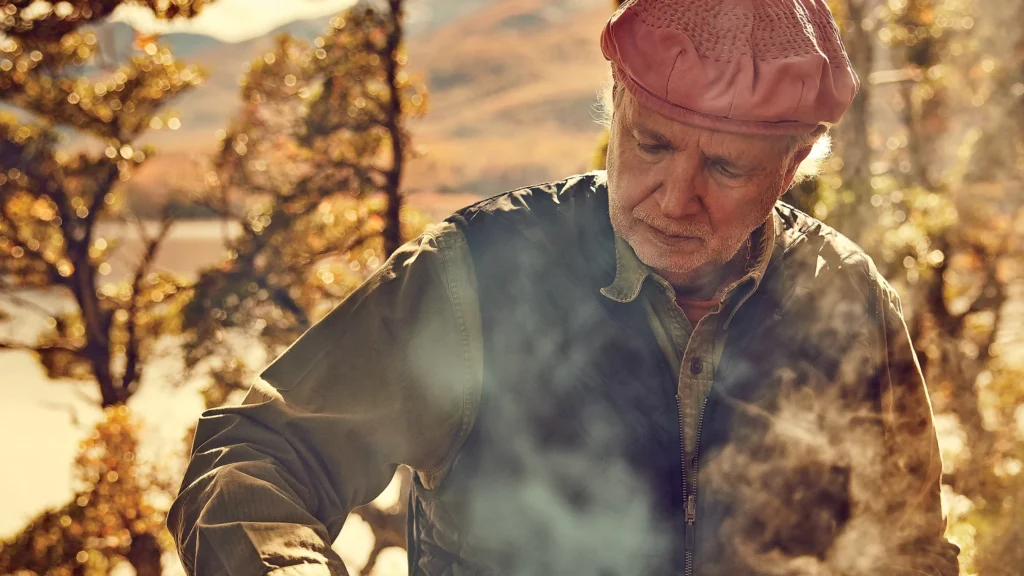
Who Is Francis Mallmann?
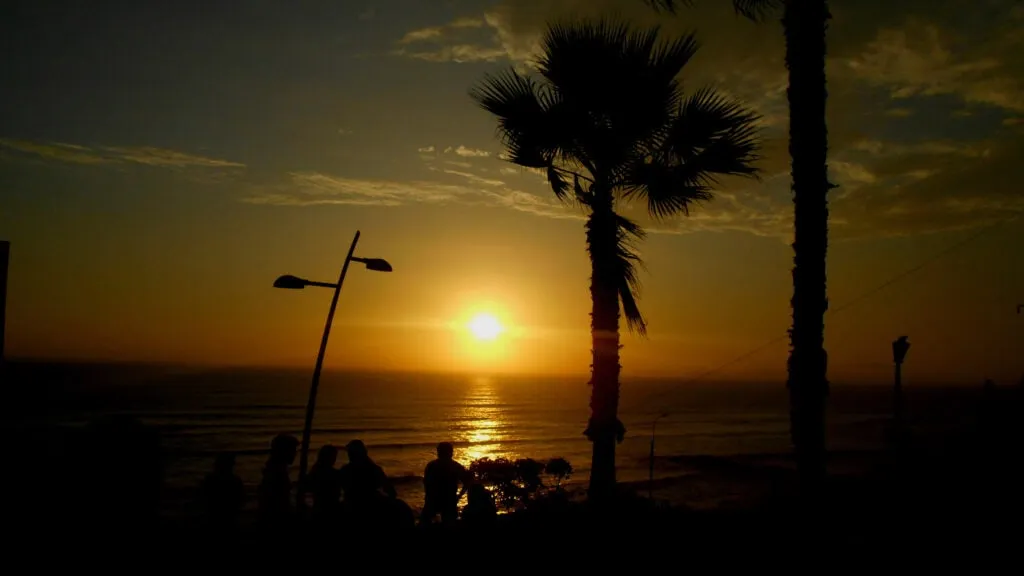
An Interview With Our Founder and Director, Harry Hastings – YOLO Journal
@plansouthamerica
